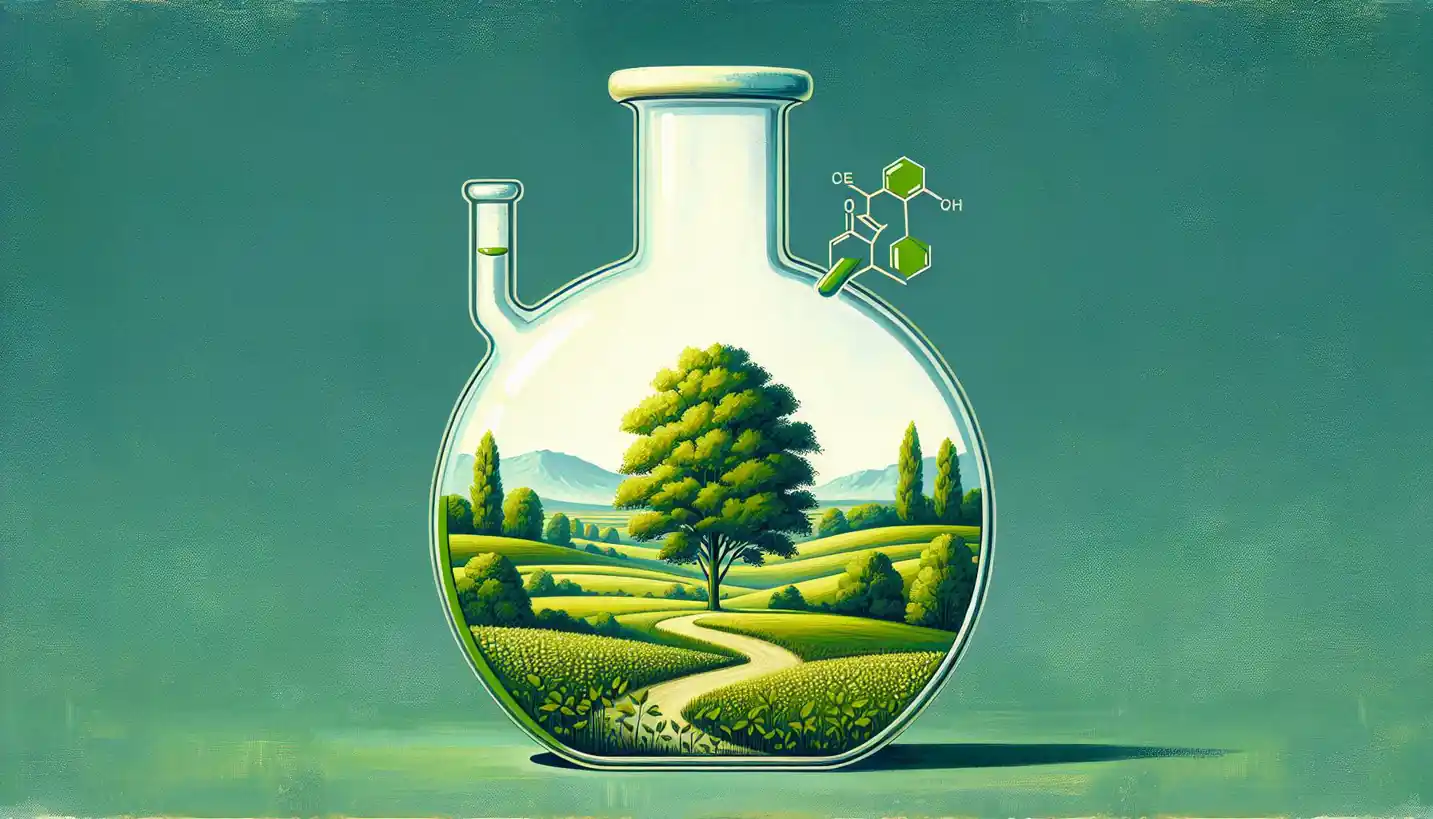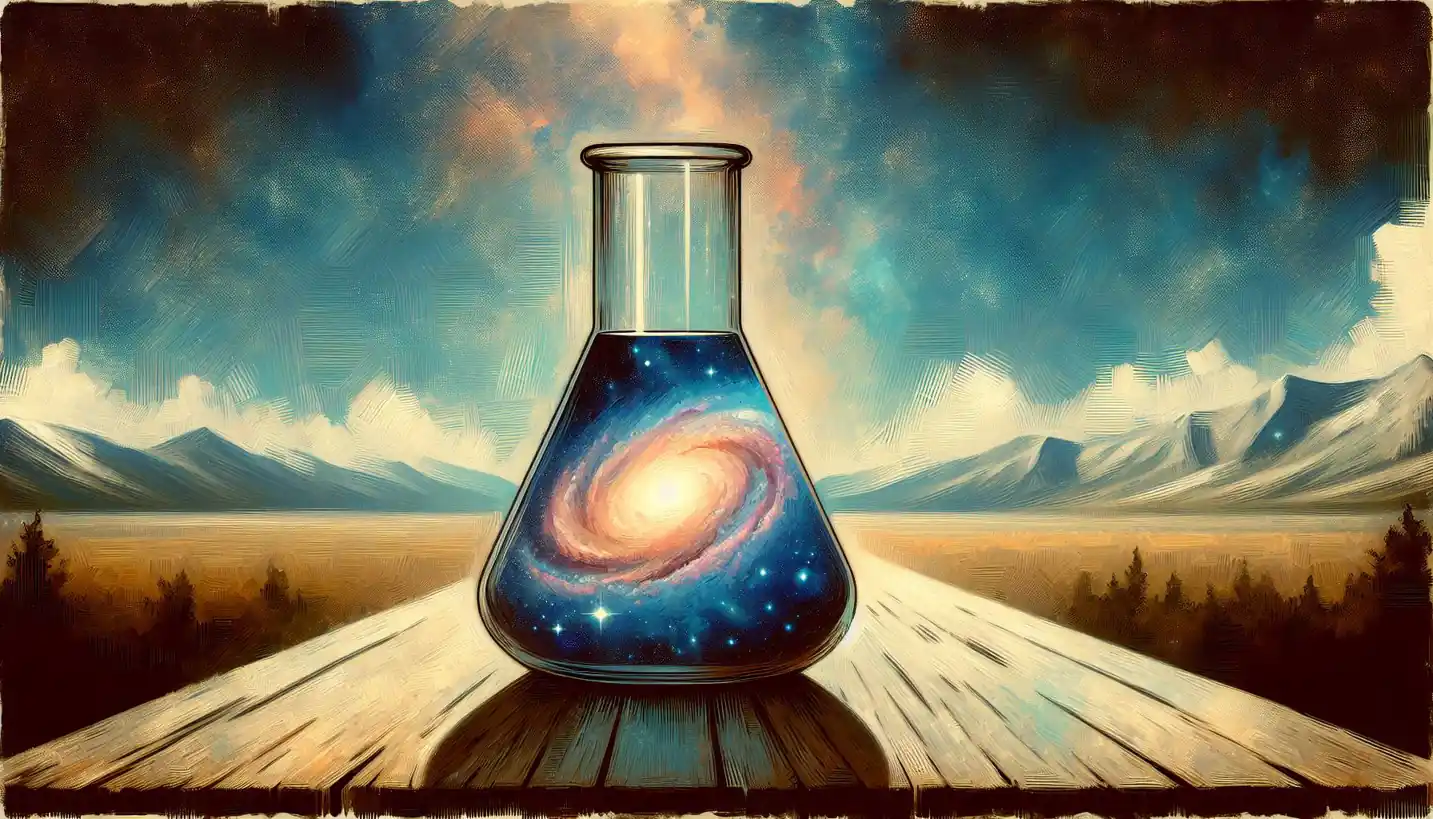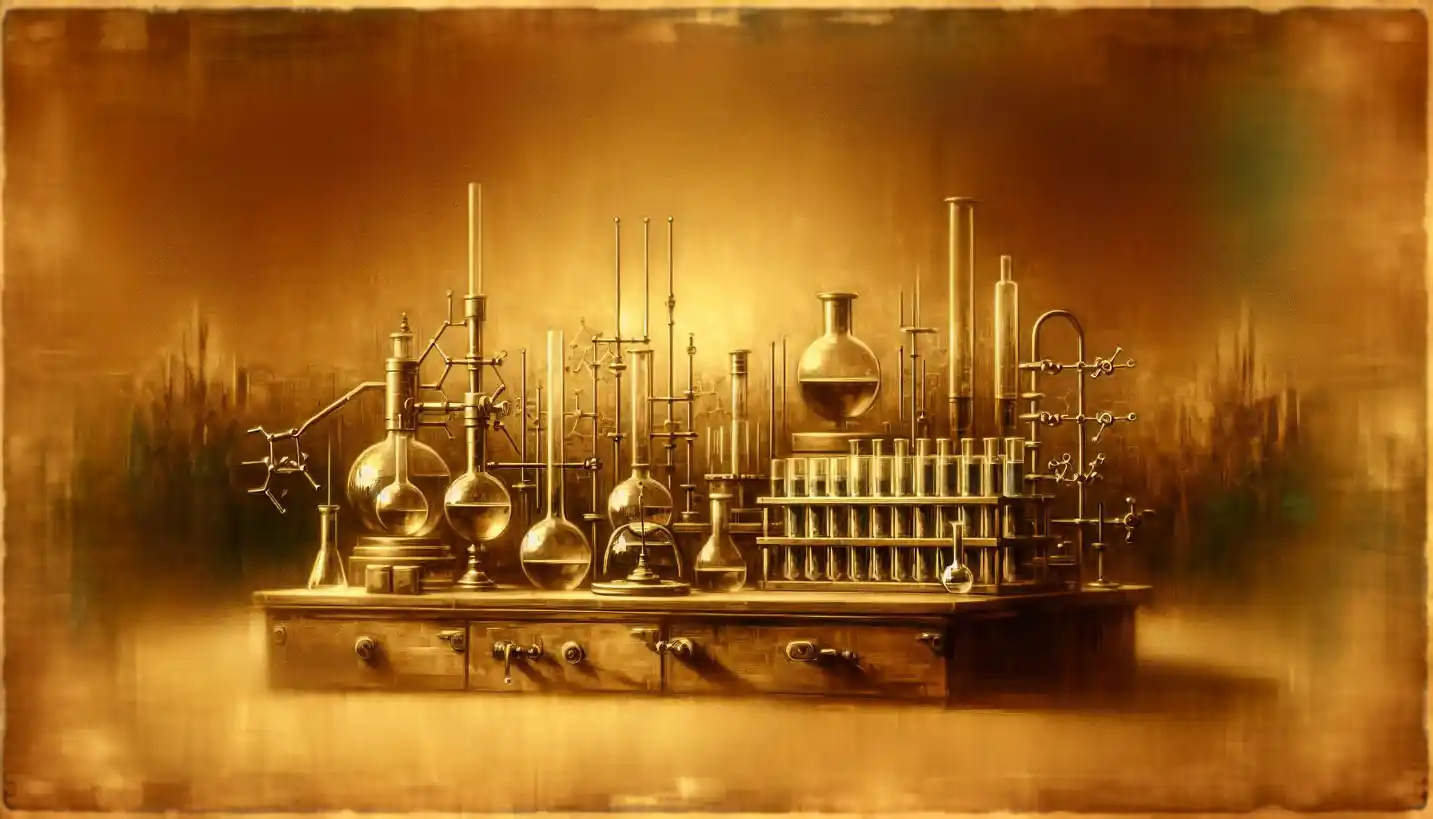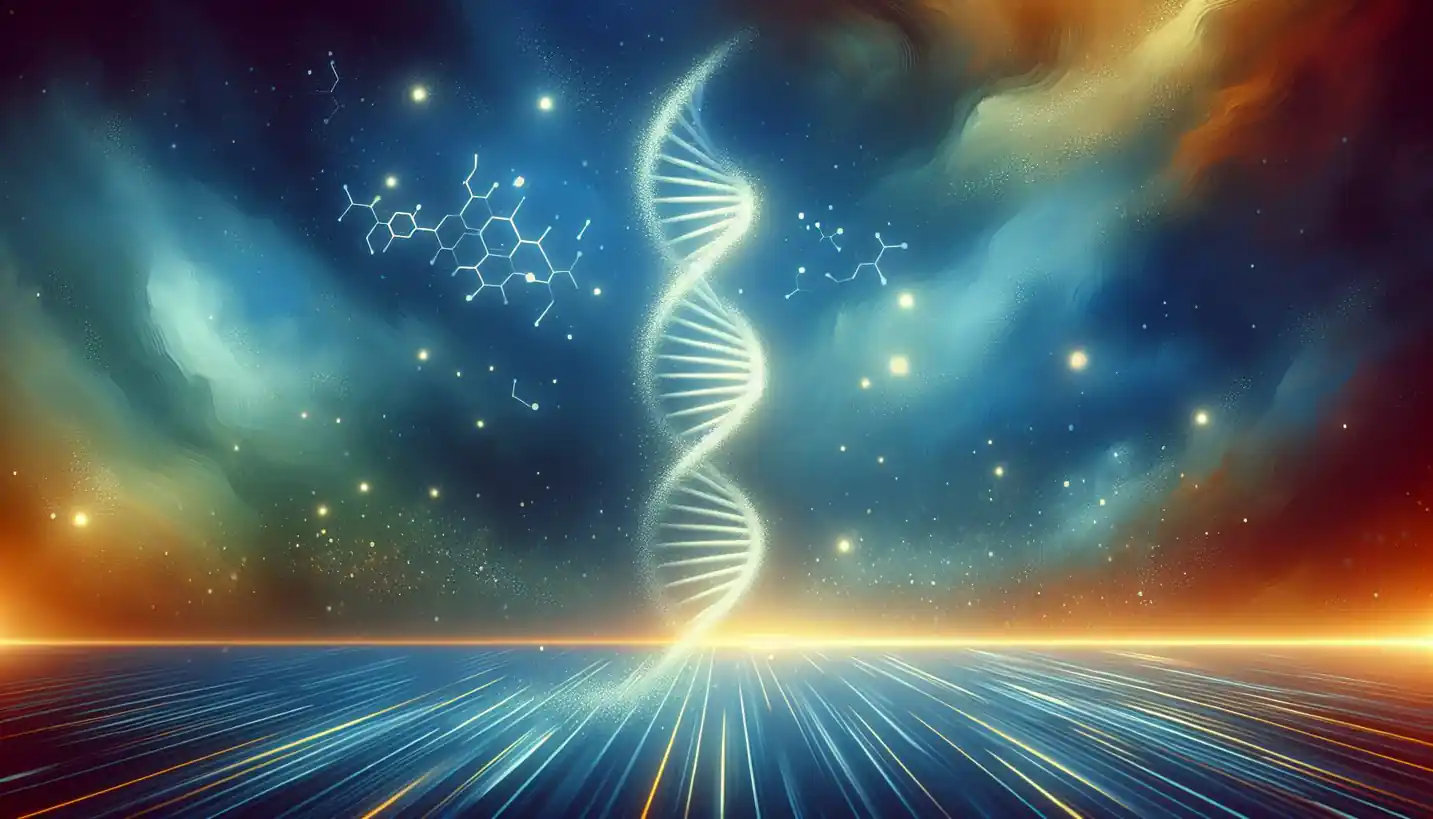· Chemistry · 4 min read
Jablonski Diagram: Shedding Light on Molecule Movements in Photochemistry
The Jablonski diagram helps reveal how molecules behave when they absorb light, crucial for understanding photochemistry. It's a simple way to visualize complex molecule interactions.

When you turn on a light, you might not think about the tiny drama unfolding at the molecular level. Understanding how molecules absorb and release energy is crucial in fields like photochemistry, and that’s where the Jablonski diagram becomes a star.
What is a Jablonski Diagram?
A Jablonski diagram is like a map for the energy changes that molecules go through when they absorb light. Imagine a kind of cosmic dance where molecules move from one energy level to another, like stepping up and down on an invisible staircase. These movements involve absorbing photons (light particles) and then returning to a lower energy level, often releasing energy as light or heat.
The Basics: Energy Levels and Transitions
In the realm of photochemistry, molecules exist in various energy states. Ground state is the molecule’s “resting” phase, while excited states are higher energy levels achieved after absorbing light. The Jablonski diagram shows these states with lines and arrows, depicting the transitions.
Absorption and Excitation
Imagine a molecule lounging in its ground state when a photon strikes. This energy boost pushes the molecule into an excited state, a process called absorption. The energy level attained depends on the photon’s energy, just like jumping higher on a trampoline with more force.
Relaxation and Emission
Once in the excited state, molecules aren’t there to stay. Similar to a child on a trampoline coming back down, they eventually relax to a lower energy level. This relaxation can emit light (fluorescence) or release energy as heat.
Different Types of Transitions
Not all paths lead straight back to the ground state. Here’s where the diagram’s complexity kicks in, showcasing various routes molecules can take.
Fluorescence and Phosphorescence
Fluorescence is like a quick flash, where the excited molecule returns promptly to the ground state, emitting light rapidly. Phosphorescence, on the other hand, is a slower glow, where the molecule lingers longer in the excited state.
Internal Conversion and Intersystem Crossing
Sometimes, molecules switch gears internally without emitting light—a process known as internal conversion. Intersystem crossing is a bit more adventurous, where molecules shift between states of different spin multiplicity, like changing dance partners.
Why is the Jablonski Diagram Important?
Understanding these energy transitions is essential. The Jablonski diagram acts as a visual tool, helping scientists predict how molecules will behave under light. This understanding paves the way for innovations in fields like solar energy, laser technology, and even medical imaging.
Real-World Applications
One fascinating area where the Jablonski diagram shines is in the study of fluorescence spectroscopy. By analyzing how molecules absorb and emit light, scientists can identify substances, measure concentrations, and even track molecular interactions.
In solar technology, understanding these energy conversions helps improve the efficiency of solar cells. By optimizing how light is absorbed and converted, scientists can work towards harvesting more energy from the sun.
The Story Behind the Diagram
The diagram is named after Polish physicist Aleksander Jablonski, who laid the groundwork for understanding these energy states and transitions. His pioneering work in the early 20th century provided the framework for modern photochemistry, opening new doors for research and technology.
The Future of Photochemistry
Photochemistry continues to be a rapidly advancing field. As we seek sustainable energy solutions and develop new technologies, the principles represented in the Jablonski diagram remain central. By delving deeper into molecular behaviors, scientists aim to perfect processes like light absorption, energy transfer, and emission control.
Conclusion: The Invisible Light Show
The Jablonski diagram is more than a tool—it’s a window into the hidden world of molecular interactions and energy flow. As scientists venture further into this field, the diagram continues to be an essential guide, illuminating the pathways of molecules as they dance through their energy states. By unveiling the mysteries of light and matter, this simple yet profound diagram shapes the future of chemistry and technology.



